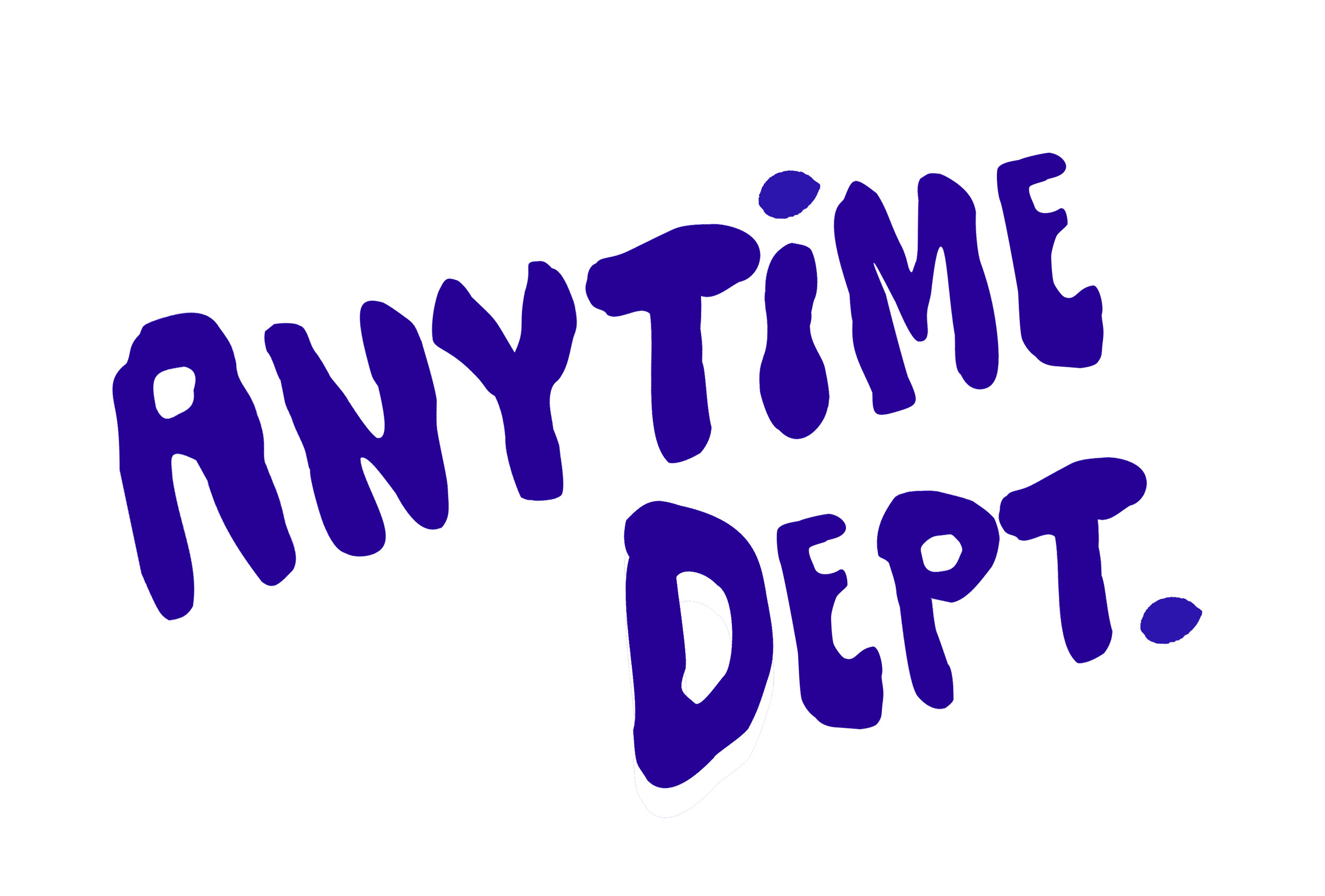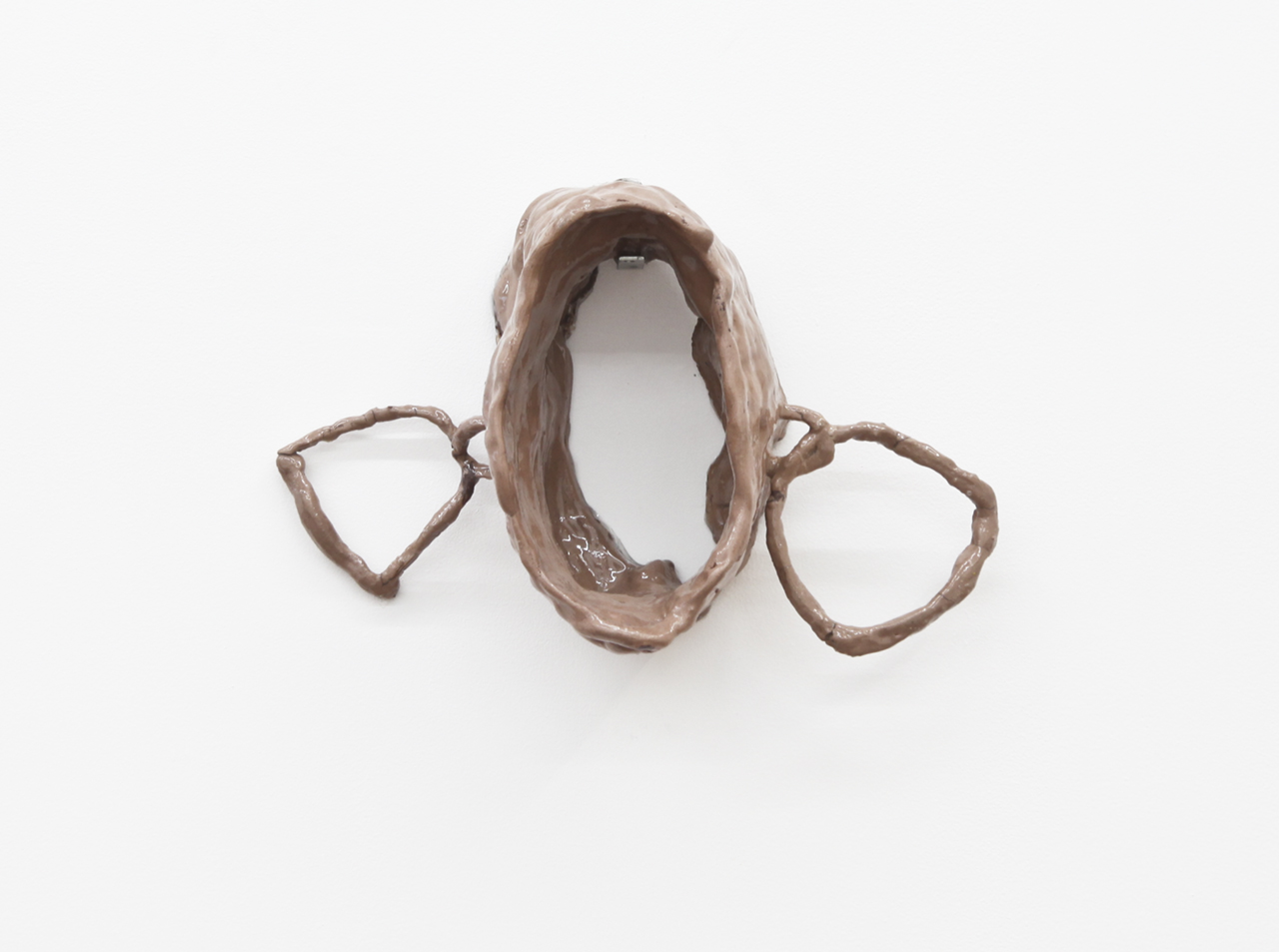Ian Hersko’s The Grass Grows Over explores the poetics of domestic encounters as representational forms become an exercise in recollection and meaning-making. With deceptive simplicity, objects incite a confrontational void that present both lived histories and the current stasis of what remains. The works collectively beckon and engage with one another, creating relationships between objects that homogenously activate the space in new ways. The act of placement becomes imperative as it enables the pieces to be stripped of performativity and resonate something much more intuitive.
Intentionally flawed, the works present visual indicators of mark-making that move away from the immaculate modes of production generally associated with the white cube. This subversive act paired with subtly humorous forms declare an unapologetic irreverence towards craftmanship and the misguided elitism that often transpires within the realm of high art. It is through unrefined materials like powdered graphite, unfired clay, and shredded documents that labor, history, and time coincide. Rough surfaces imprint an eerie state of decay, which upon further examination reveal eloquent reminders of what is or may seem familiar.
Delicate yet fraught with a gritty decisiveness, the works feature off-kilter sensibilities that are packed with meaning. It is within abstract dimensions that memory and materiality coexist, creating a symbiotic narrative where artist and viewer simultaneously contribute to shaping the body of work. Remnants of “what once was” revert to the basic condition of feeling, which allude to a deep sentimentality that verge on superstition as meaning, memory, and loss pervade.
-Sso-Rha Kang
Materials: Shredded documents, steel, unfired clay, powdered graphite, tissues, found mirror, plaster, embroidery on linen














